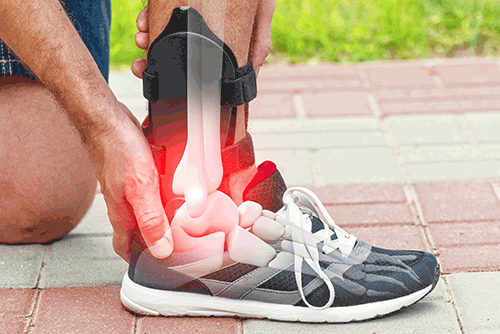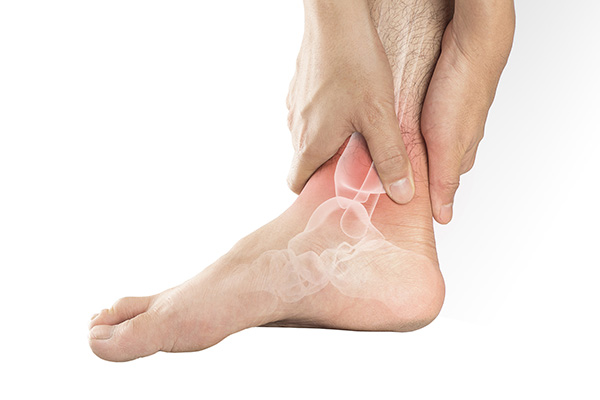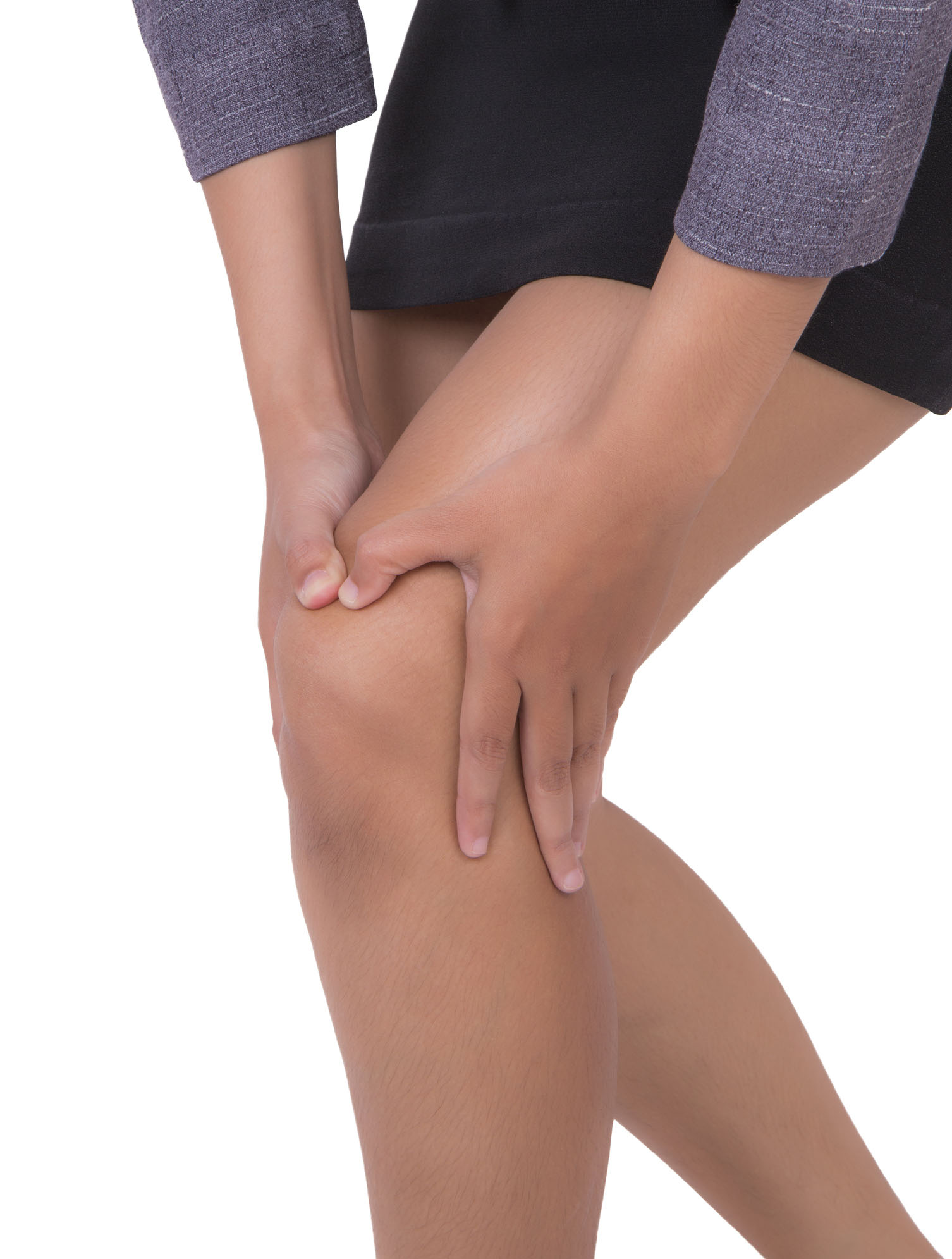There are several steps to take in order to prepare yourself for ankle surgery. And taking them will make surgery and post-op recovery much smoother. Be sure to talk with your physician about any medicines you’re taking, including over-the-counter meds. Some meds like aspirin should be discontinued, as it thins the blood and may cause more bleeding during surgery. Tell your physician about any allergies you may have, including latex. If you have an infection prior to surgery, such as a bladder infection or a sore throat, call your physician and advise them. It’s possible the surgery may need to be rescheduled until the infection is gone. If you smoke, stop. Your body needs oxygen during surgery, and tobacco products decrease the amount of oxygen to your tissues.
Things to keep in mind before the surgery
Be sure to eat healthy prior to surgery. If you’ve had any problems with constipation, let your physician know. Prior to surgery, tests will be ordered to ensure your readiness for surgery. Likely, you’ll have to have some blood tests and an ECG. These procedures may be done in your physician’s office or in the pre-admission unit at the hospital. Don’t eat or drink anything after midnight the night prior to your surgery, as this will increase the chances of vomiting and nausea both during and after the surgical procedure.
What to consider after ankle surgery
Likely, you’ll need some assistive devices after surgery. If you’ve obtained crutches or a walker before surgery, be sure to label them with your name and bring them with you to the hospital. Plus, you’ll need to make arrangements for someone to take you home from the hospital. You won’t be allowed to drive home on your own after the surgery.
If you’re wondering how to prepare for ankle surgery, it’s not rocket science. Take these simple steps, and you’ll be good to go.








